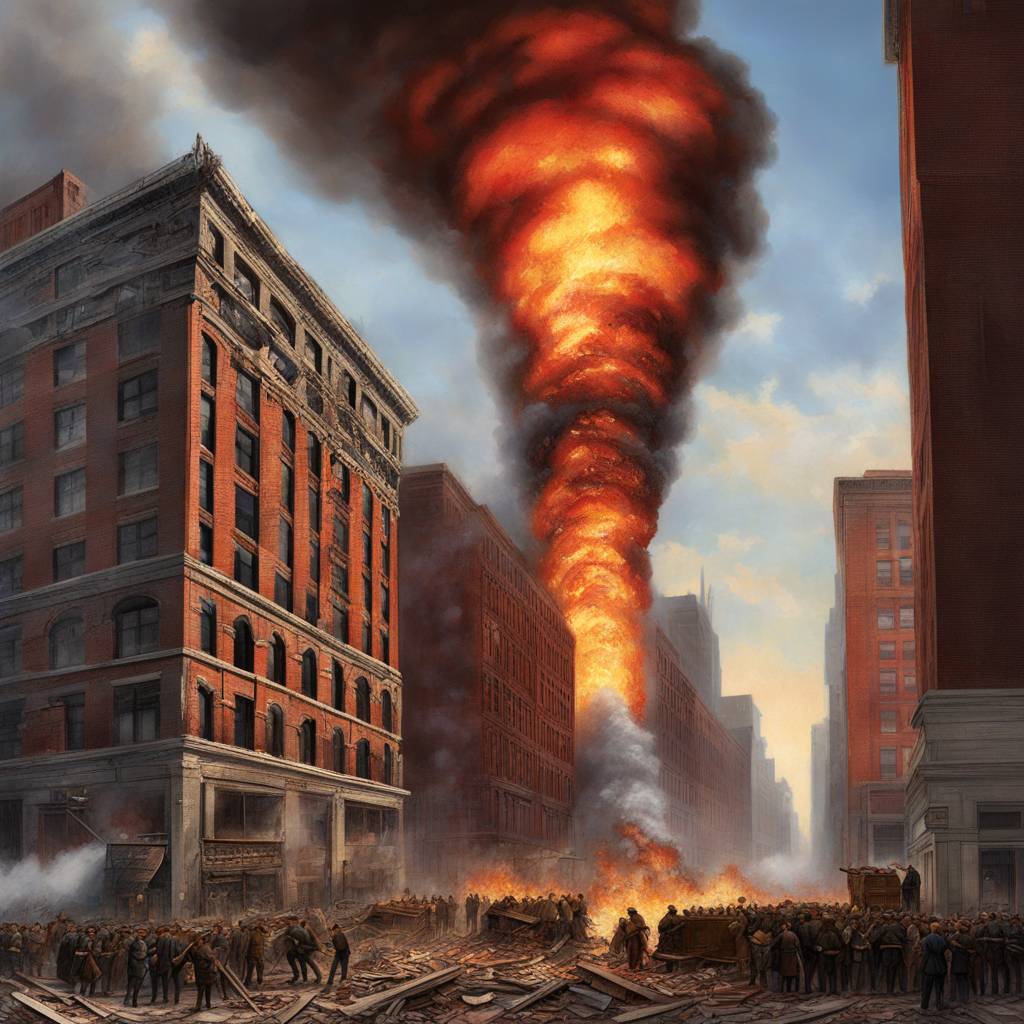The Triangle Shirtwaist Factory fire, which occurred on March 25, 1911, resulted in the deaths of 146 people, most of whom were women, many of them recent immigrants from Eastern Europe and Italy. The fire broke out on the 8th floor of the Asch Building in New York City, where the Triangle Waist Company was located. The owners of the factory, Max Blanck and Isaac Harris, were known as the “shirtwaist kings” due to their production of the popular women’s garment. The factory owners were known for their harsh working conditions and opposition to unions.
The Asch Building, where the factory was located, did not have the necessary number of staircases for proper evacuation in case of a fire. Despite warnings from the superintendent, the architect obtained an exception to the rule requiring three enclosed staircases for the building’s 10,000 square feet of floor space. The factory owners subcontracted their work and did not keep a payroll for the workers, making it difficult to determine how many people were in the building at any given time. Conditions in the factory were harsh, with low wages and tight discipline imposed on the workers.
The fire at the Triangle Shirtwaist Factory quickly spread across all three floors of the factory, resulting in the deaths of 146 workers in a matter of minutes. The firefighters who arrived at the scene found that the doors to the factory were locked and did not open outward, making it difficult for them to rescue the trapped workers. In addition, the ladders on the firetruck did not reach past the sixth floor, further complicating rescue efforts. The fire remained the deadliest workplace incident in New York City until the attacks on September 11, 2001.
In the aftermath of the fire, the owners of the Triangle factory, Max Blanck and Isaac Harris, were tried and acquitted of charges of manslaughter. However, the fire led to a series of worker protection reforms, laws, and policies. Frances Perkins, who witnessed the fire firsthand and later became Secretary of Labor under President Franklin D. Roosevelt, played a key role in implementing new workplace safety standards. The tragedy of the Triangle fire spurred action and served as a catalyst for improving worker safety across the country.
The families of the victims of the Triangle fire received individual civil settlements from the owner of the Asch Building in December of 1911, with each claim averaging about $75. While the settlements could not bring back the lives lost in the fire, they marked a step towards acknowledging the tragedy and providing some form of compensation. The Triangle fire, though a horrific event, ultimately led to positive changes in workplace safety practices and served as a reminder of the importance of protecting workers from hazardous conditions.















